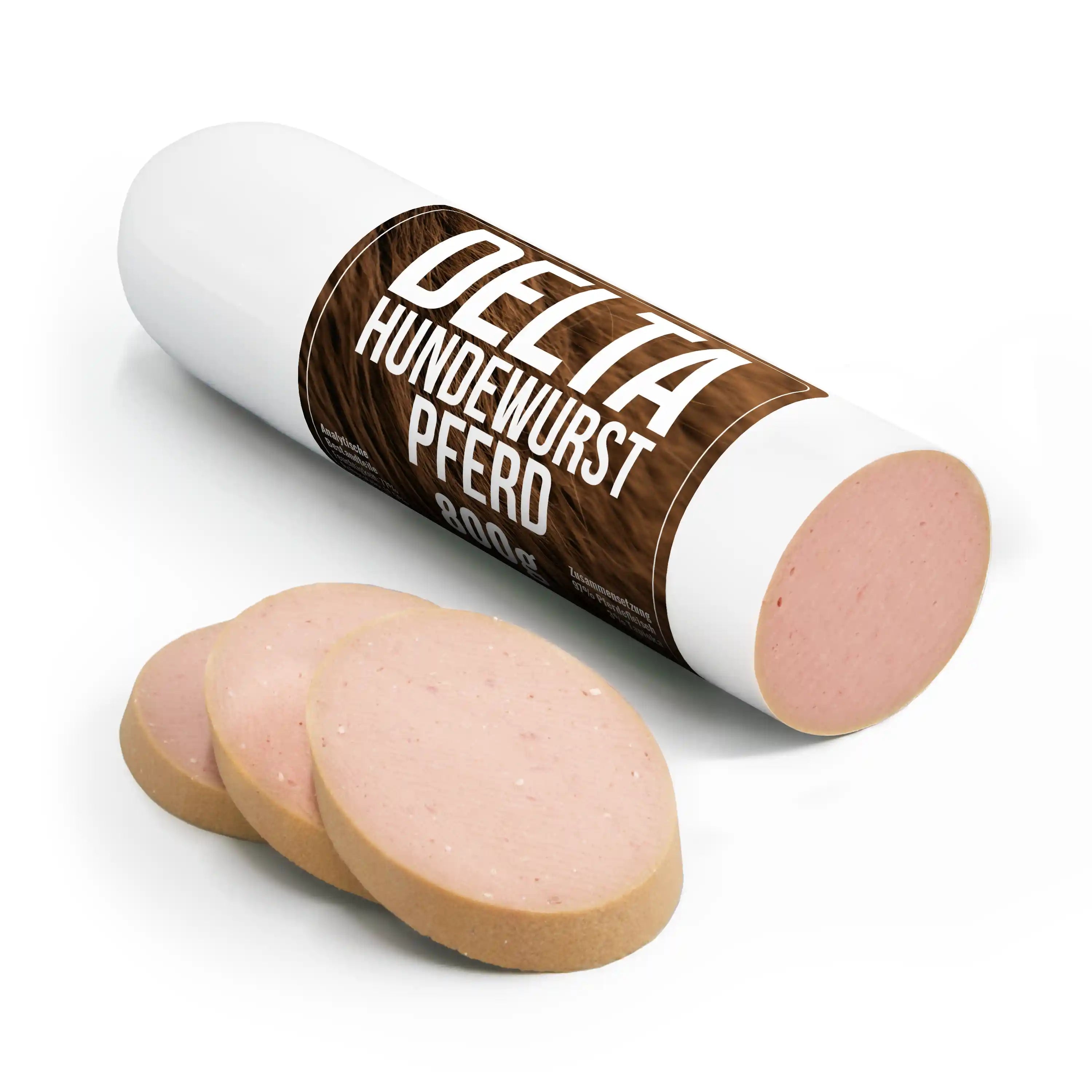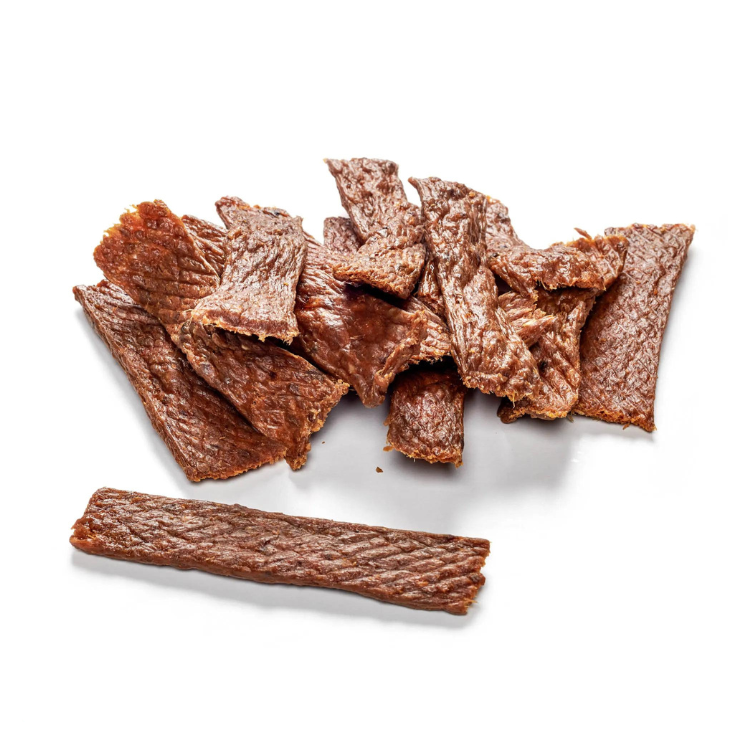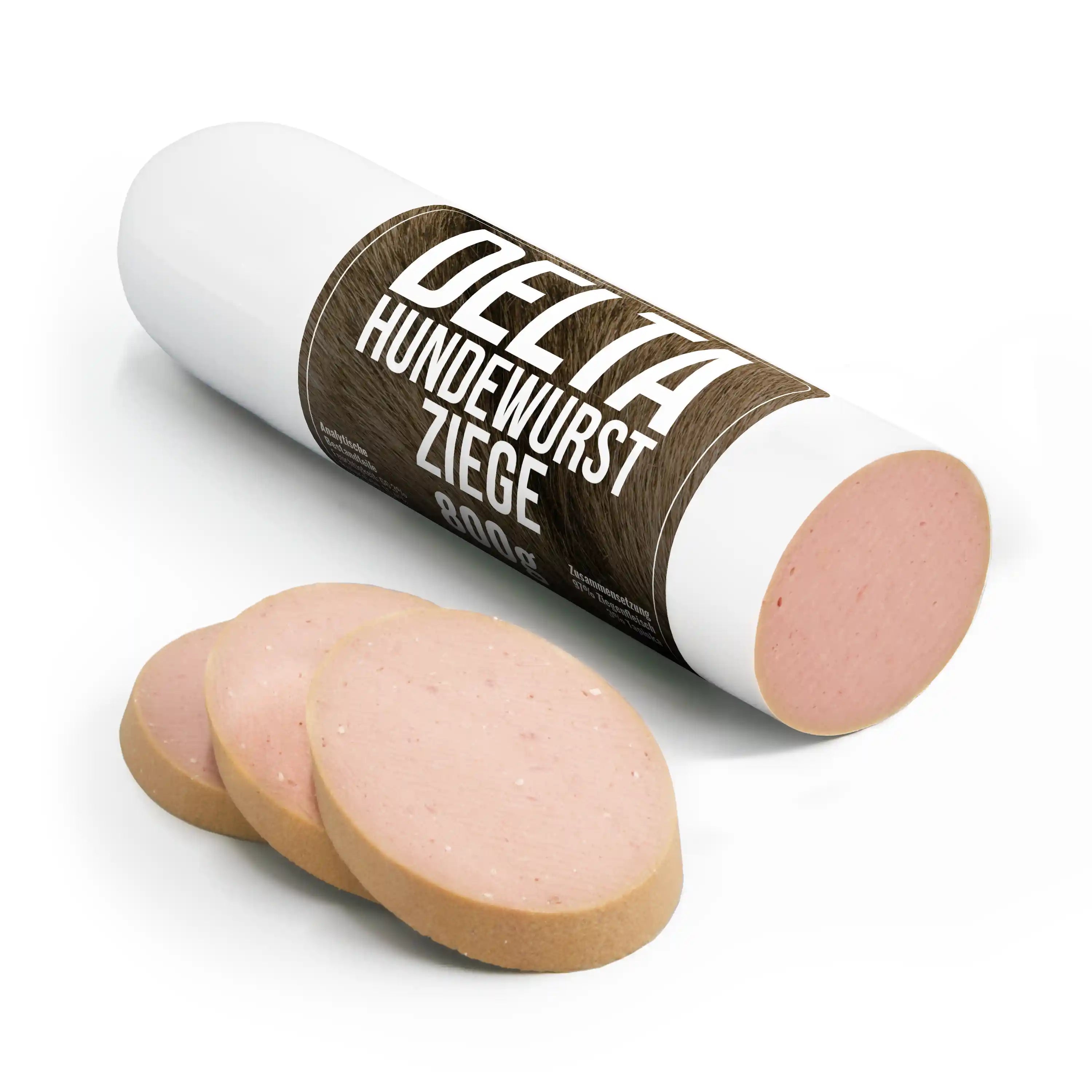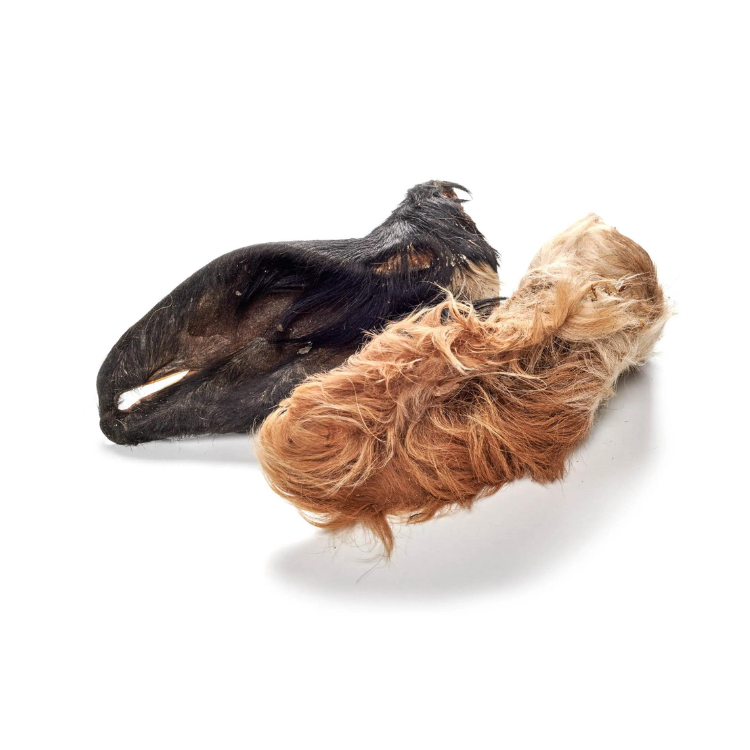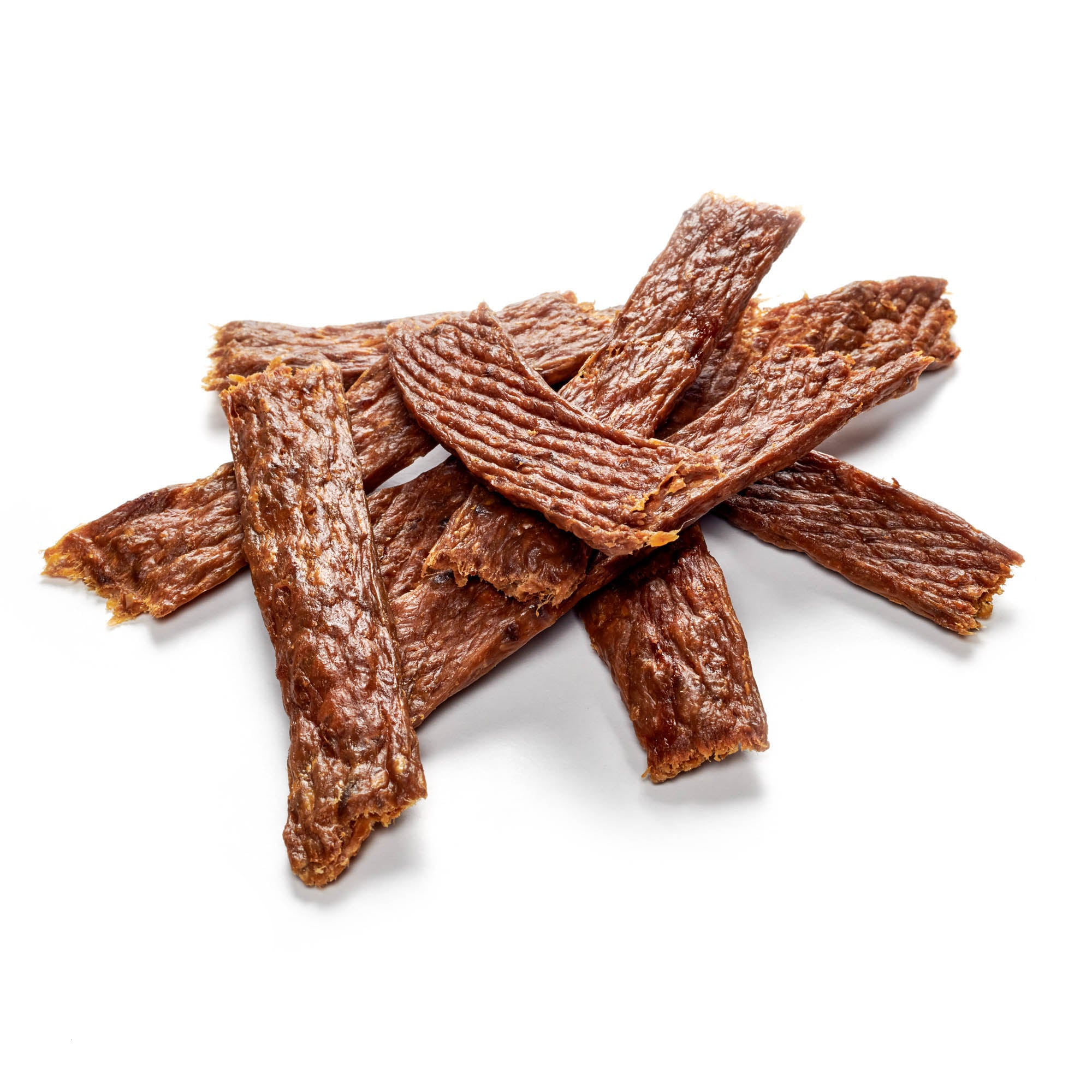
Barbet
Share
The clever and good-natured Barbet is a great dog, whose positive character traits make him a good companion. As a water dog, he has a thirst for adventure and a great need for exercise. His distinctive appearance is determined by the thick curls that cover his entire coat. He has a chin beard and a moustache on his face, which is where he gets his name from, as “Barbet” is French and means “beard”. His hair is often shaved in the summer, as it otherwise easily forms cords, which means nothing other than that his coat becomes matted and then looks like dreadlocks.
Content: Barbet
- profile
- Special features
- Nutrition
- Health and care
- Origin & History
- The right accessories
- Conclusion
Pamper your dog with our chew products!
Barbet - Profile
- Character: Intelligent, friendly, curious
- Size: Large
- Height: 53-65cm
- Weight: 15-30 kg
- Life expectancy: 10-15 years
- Coat type: Long hair
- Colour: Grey, Reddish Brown, Brown, Black, White, Fawn, Cream
- FCI Group: Retrievers – Flushing Dogs – Water Dogs
Barbet - Special characteristics
The clever and good-natured Barbet is a great dog, whose positive character traits make him a good companion. As a water dog, he has a thirst for adventure and a great need for exercise. His distinctive appearance is determined by the thick curls that cover his entire coat. He has a chin beard and a moustache on his face, which is where he gets his name from, as "Barbet" is French and means "beard". His lush coat is often shaved in the summer, as it otherwise easily becomes matted and can look similar to dreadlocks.
Its curly coat can be black, grey, brown, sand or white, although the majority of the breed is a solid colour. Its droopy ears are set quite low on the head. With a height of 65 cm at the withers, it is one of the larger dogs, and its compact and powerful build shows how much strength the Barbet has. This strength is also reflected in its stamina. If it is not given enough exercise, it can become unbalanced. However, if it is given enough exercise, it is an easy-going and friendly dog that can become a loyal companion and fits well into a family. It is usually reserved towards strangers, but rarely barks, which is why it is not a particularly good watchdog.
Barbet - What should be considered regarding nutrition?
High-quality dog food is always recommended, even for the Barbet. Ideally, it should have a high meat content and avoid sugar, grains and flavor enhancers. Dry food or wet food does not play a major role in relation to the dog's life phases, but wet food can have a positive effect on dental health and, in combination with chews, contribute to good dental hygiene. Treats should be used sparingly to ensure healthy weight gain.
After each meal, a rest period of about 30 minutes should be observed, as this prevents life-threatening gastric torsion, especially in medium to large dogs such as the Barbet. It is advisable to regularly monitor and record the weight of the Barbet in order to keep a good overview of any excess weight and weight management of your dog.
Barbet - Health and Care
The Barbet's curly coat tends to attract dirt and can quickly become matted if not cared for properly. Regular brushing can counteract this problem and keep the coat curly and beautiful. Dog shampoo can also be used if necessary, although less is often more.
Dogs with droopy ears are prone to ear infections, so regular ear cleaning is important. The claws should also be trimmed regularly, especially if the dog does not wear them down through sufficient exercise. If you are unsure, your veterinarian or dog trainer can advise you, as improper trimming can cause damage.
Barbet - Origin & History
The history of the Barbet is not yet fully understood, but it is believed that this breed was brought from Africa to France by Arabs, where it spread as a house and farm dog for the poorer population. Soon after, they were used as hunting dogs for duck and swan hunting and were extremely successful. Their name "Barbet" was at times used as a general term for water-loving hunting dogs with curly fur.
However, towards the end of the 19th century, the breed was threatened with extinction. It was not until the 1970s that the Barbet made a comeback, and today, fortunately, there is a stable population of this dog breed . They are still used as hunting dogs, but are also gaining popularity as family, companion and therapy dogs due to their friendly nature.
It is still unclear whether and how many other dog breeds are later related to the Barbet. However, it is suspected that the Barbet may be the ancestor of the Irish Water Spaniel , the Pudelpointer and perhaps also the Briard . However, an obvious relationship with the Poodle has not yet been proven.
Barbet - The right accessories
The basic equipment for all dog owners includes a collar or harness, dog leashes, a drinking and feeding bowl, and a dog transport box for traveling or car rides. A dog bed in a quiet corner of the apartment offers the dog a place to retreat, and a dog fence in the garden provides relaxation for the neighbors and the postman.
To prevent matting in the Barbet's curly coat, a thin and sturdy comb and a coarse brush are suitable. A special tool called a "MatSplitter" can help to untangle matted hair. If the Barbet likes to bathe and wants to avoid unpleasant odors, a dog hair dryer can be used to dry the coat faster and reduce odors.
Conclusion
>The Barbet is a great dog breed that is suitable for anyone who has an active lifestyle and has slightly higher expectations of intelligence and empathy from their new four-legged friend. This could be a family with many children, but also a prospective therapist who is looking for a suitable dog for joint training as a therapy dog .
Dog chews available for happy and satisfied four-legged friends!

